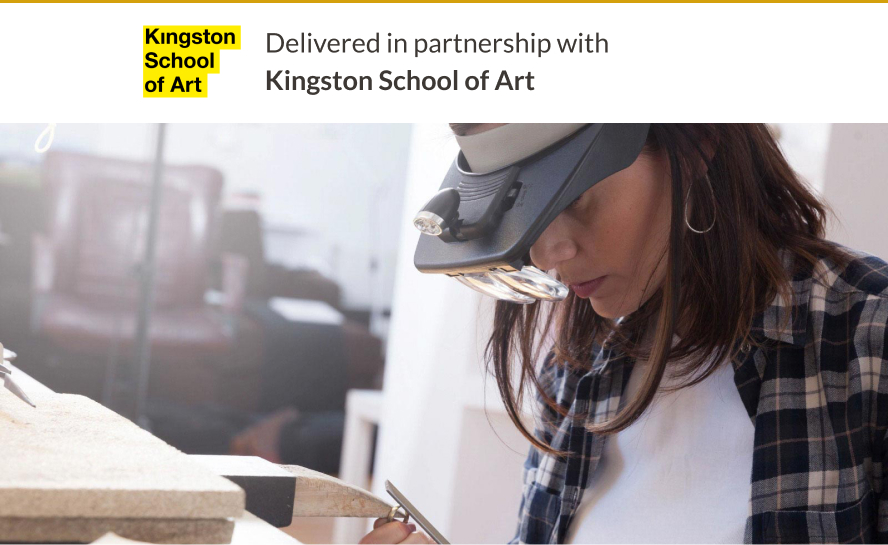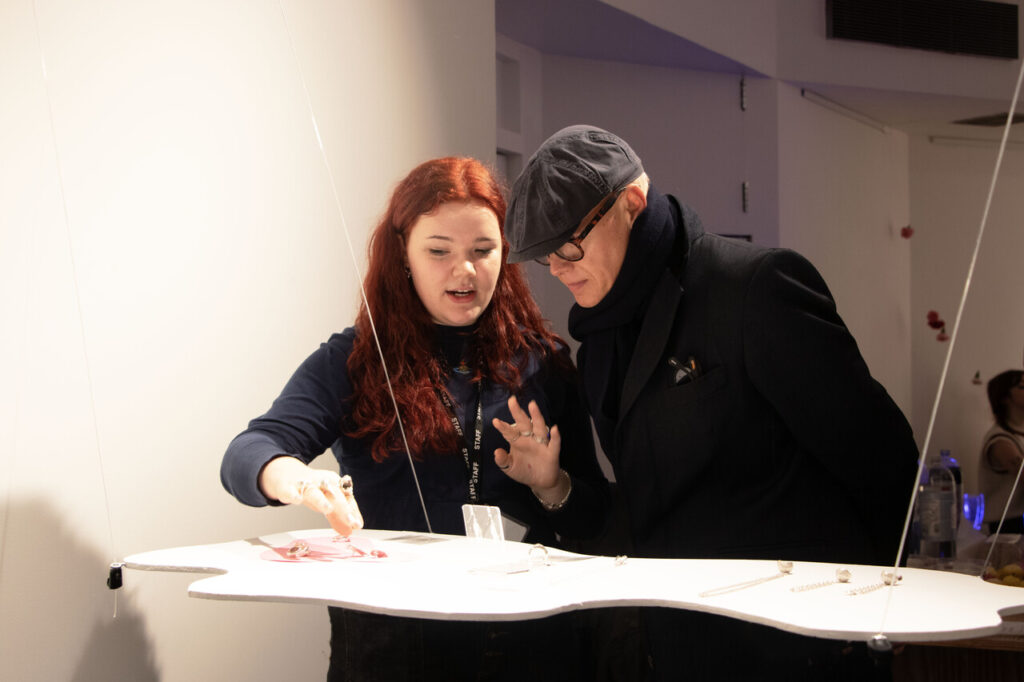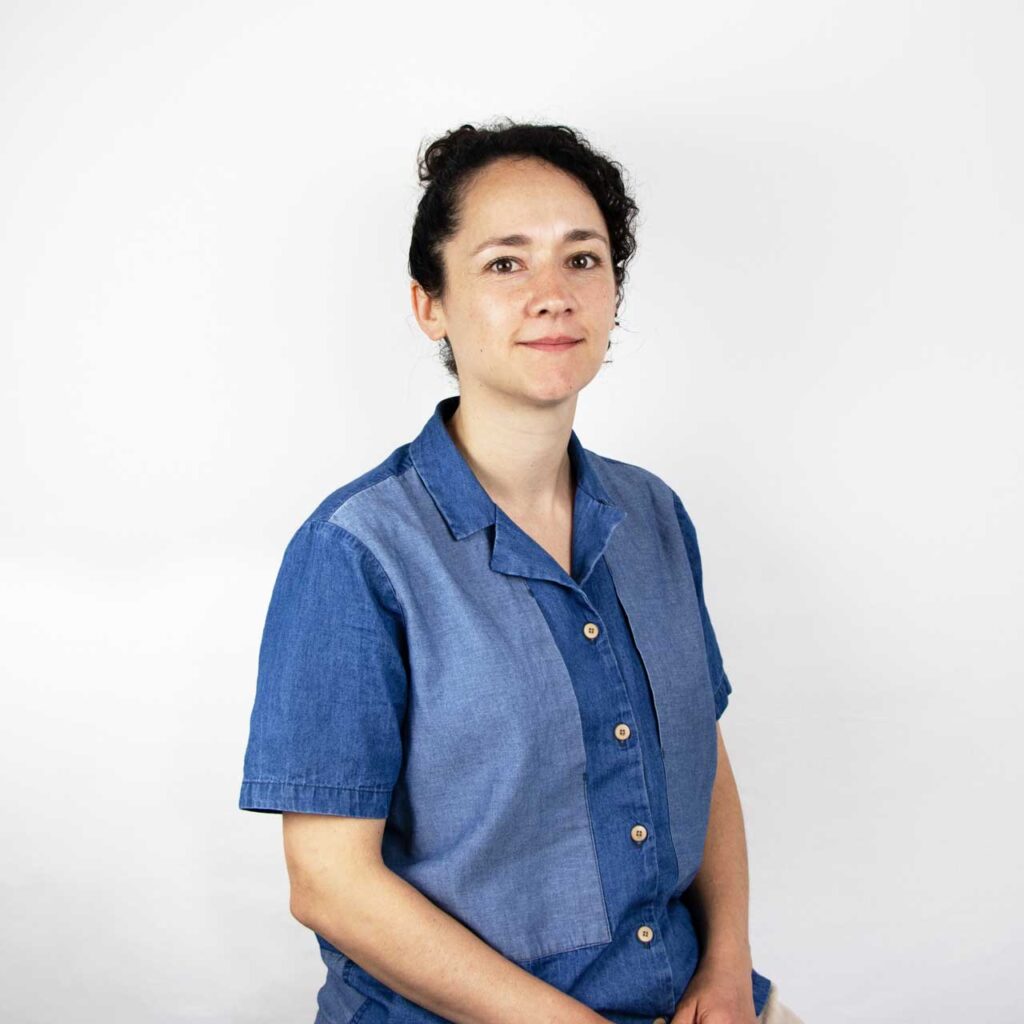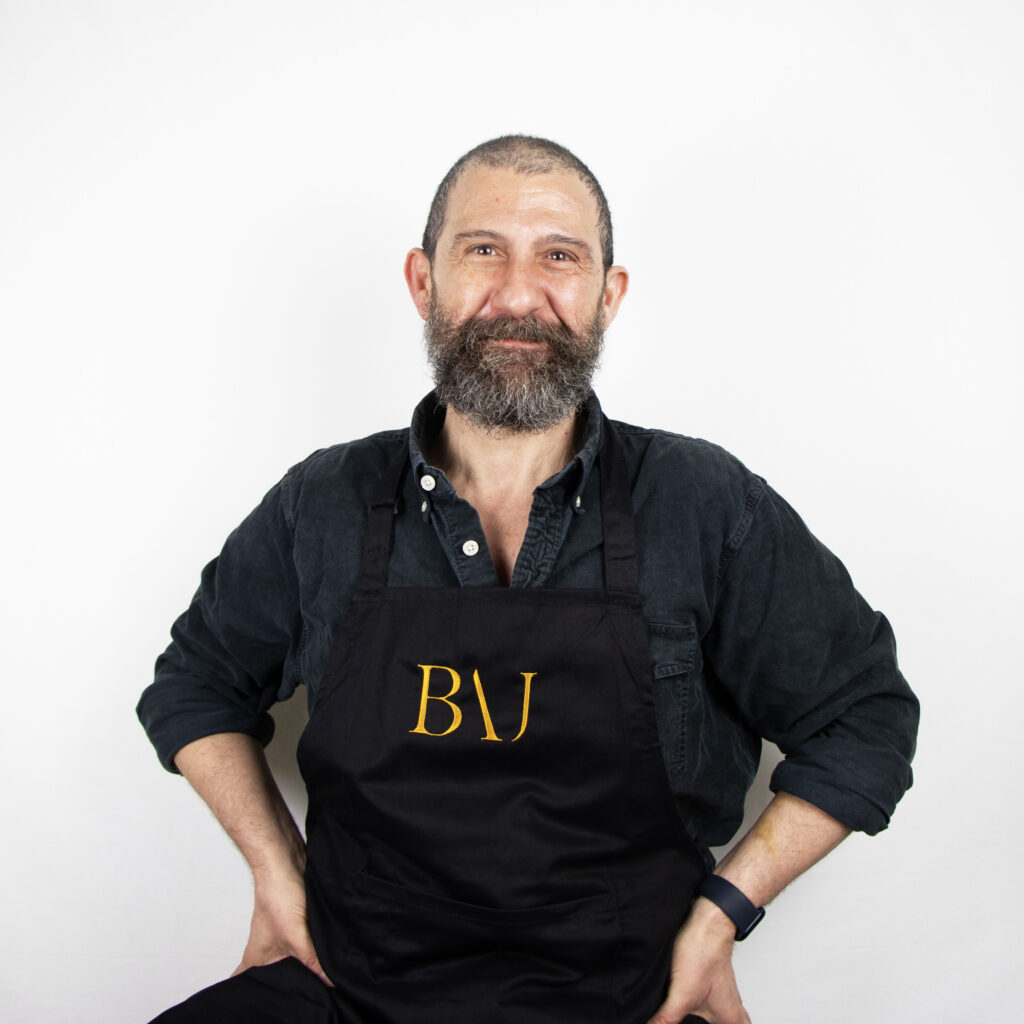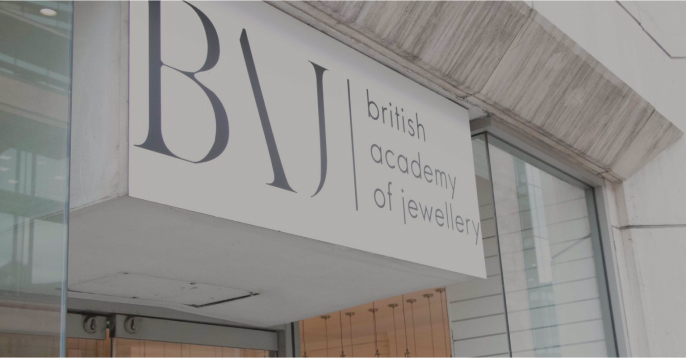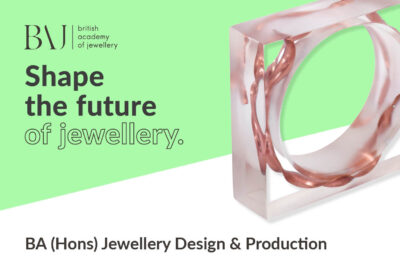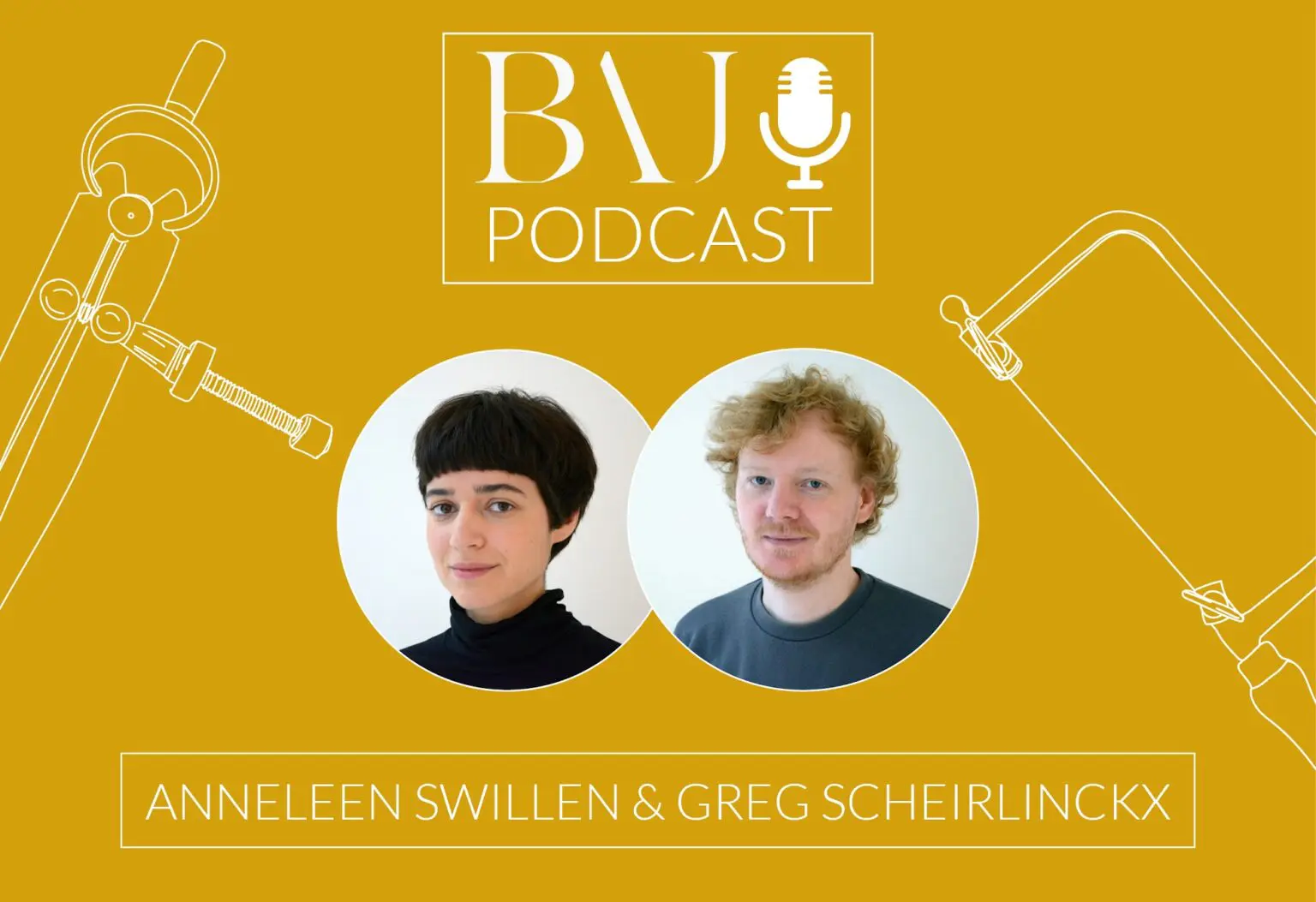30 credits
The Dissertation: Research and Reflection module focuses on in-depth research, critical enquiry and reflection on questions and critical issues emerging in students’ own practices, and pertinent to the industry.
Over the Unit, students will initiate and develop an individual research topic; identify and evaluate appropriate archives, bodies of critical literature, visual/material sources and research methods; manage their study time; engage with and respond to tutorial dialogue and peer feedback and apply critical and analytical skills to produce a 6,000-word written dissertation, supported by a series of lectures, seminars and tutorials.
Following the submission of the dissertation, and to support the realisation of the final capstone project, students will be assisted with the conception and development of an individual statement that enables self-reflection and locates students within the contemporary contexts of their discipline.
Consolidating the research, reflexive, and critical skills acquired throughout the students’ programmes of study, the statement seeks to engage and apply learning undertaken within critical and historical studies modules as well as studio practice.
It supports the students’ self-presentation at their final degree show, future postgraduate study, and/or professional practice in a variety of art and design contexts.

